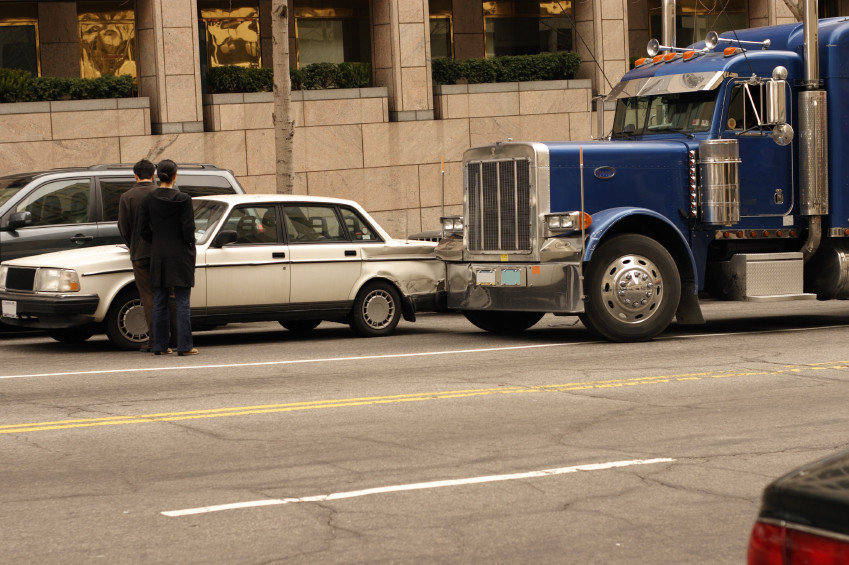The Real Cause of Trucking Accidents

There's no doubt about it, trucking accidents are deadly. The most recent data recorded in 2012, indicates that 3,514 people lost their lives as a result of collisions with large transport vehicles. Those collisions claimed an additional 104,000 injured people. The overwhelming majority of those who died were people inside passenger vehicles. What Makes Big Rig Wrecks Deadly
- Weight- Big rigs weigh 20 to 30 times more than the average passenger vehicle.
- Height- Big rigs are also much taller, which increases the risk of a small car being overridden.
- Braking Capacity- Even if the two vehicles brake at the same time, the big rig will travel 20 to 40 percent farther.
- Rear-end slow (50.7 percent)
- Left turn—both same roadway (45.4 percent)
- Rear-end turn (51.5 percent)
- Right turn—both same roadway (43.1 percent)
- Sideswipe (51.1 percent)
- Backing (81.5 percent)
- Left turn—crossing traffic (48.4 percent)
- Right turn—crossing traffic (54.4 percent)
- Head-on (71.2 percent)
- Angle (48.5 percent)
Charleston Trucking Accident Attorney
The bottom-line is that both parties cause accidents. and either driver may be injured or die as a result. Whether you are a trucker, who was not at fault for a collision, or in a passenger vehicle, which was struck by a big rig, you may need help to prove you were not at fault. Moreover, a court may award damages to the victim. Please use our online form or call one of our lawyers at 1(800)610-2546 to discuss your case.Contact Us
Clore Law Group welcomes your questions about any issues concerning a serious personal injury, car accident, medical malpractice, nursing home neglect, or business tort. If you have a viable claim, we’ll explain the legal process. Since consultations are always free, there’s no cost in learning your legal options.